#Amelanchier laevis
Text

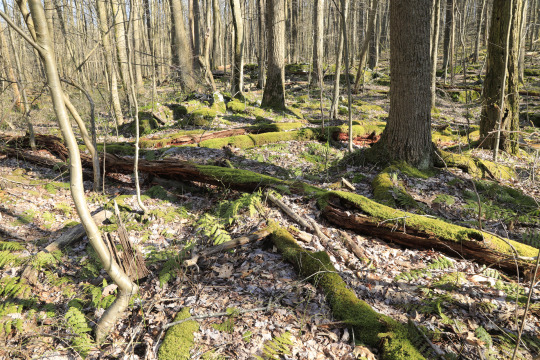
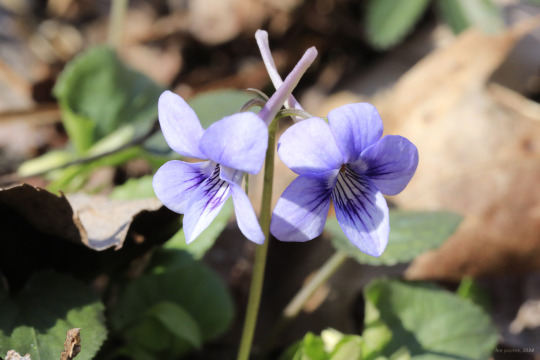
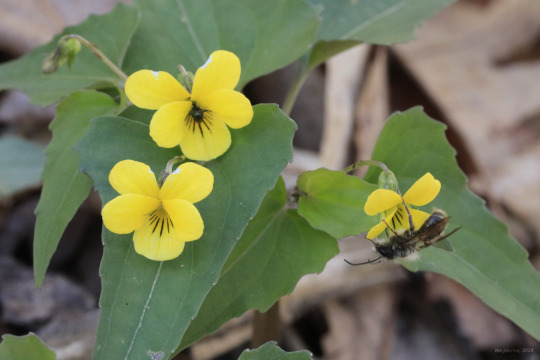
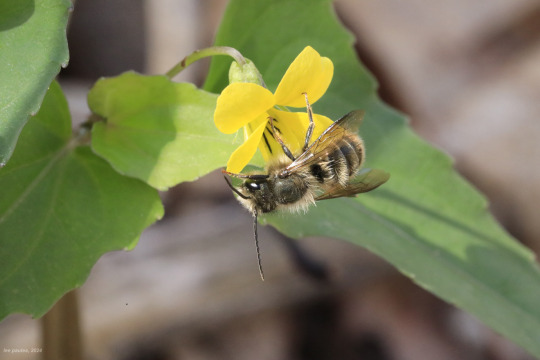

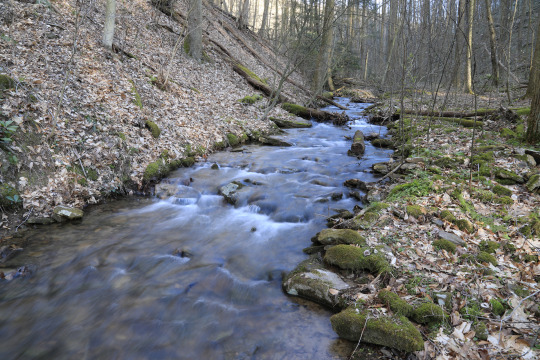
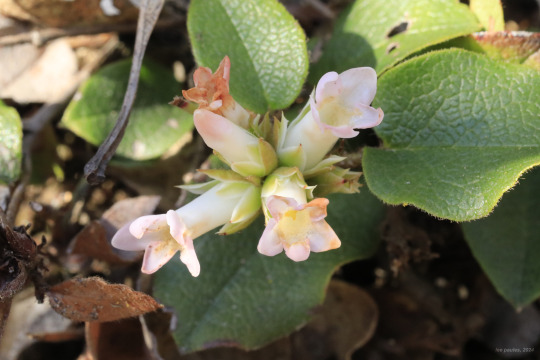
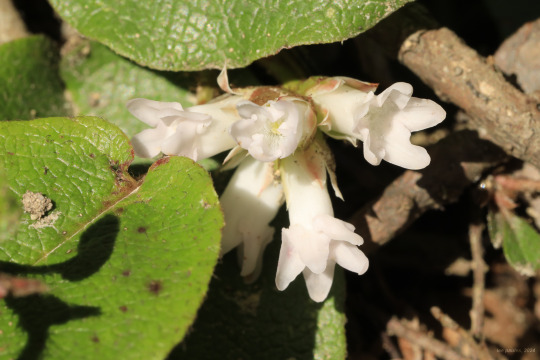
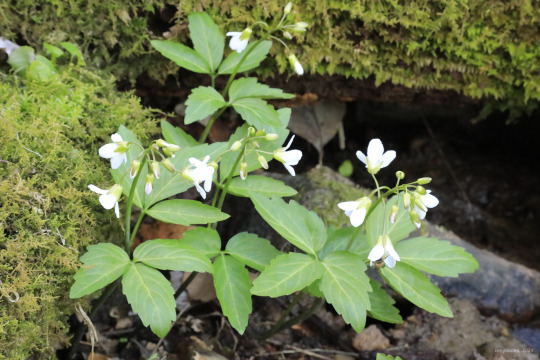
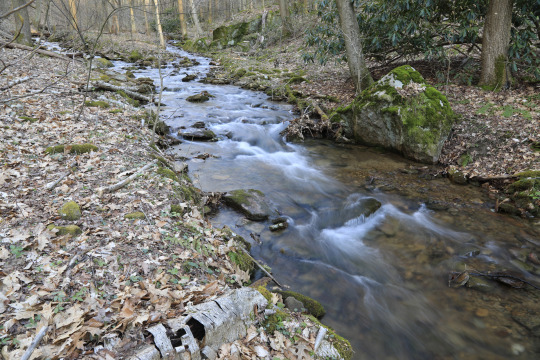
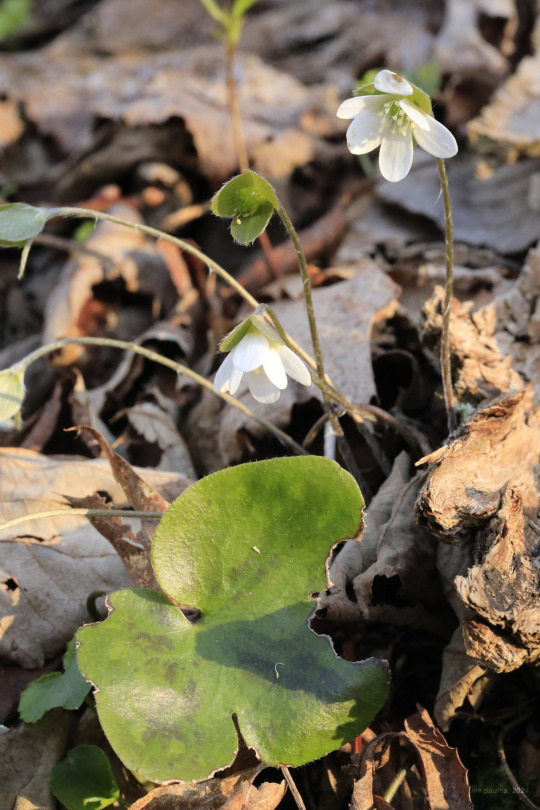
NC-WV is finally enjoying a dry, sunny spring weekend after weeks of near nonstop, flooding rain. That was all the incentive I needed to take my first long hike of the spring at Coopers Rock State Forest. The wildflower progression on top of Chestnut Ridge is running about 2 weeks behind that at lower elevations, but there were plenty of early spring beauties on display this afternoon. From top: Allegheny serviceberry (Amelanchier laevis); long-spurred violet (Viola rostrata); halberd-leaved yellow violet (Viola hastata); downy rattlesnake plantain (Goodyera pubescens); trailing arbutus (Epigaea repens), which is not herbaceous but a mat-forming, evergreen shrub in the health family; broadleaf toothwort (Cardamine diphylla), also known as two-leaf toothwort; and round-lobed hepatica (Hepatica americana), which prefers drier woods than sharp-lobed hepatica (Hepatica acutiloba), which I typically find growing on the rocky, calcareous slopes along the Monongahela River.
#appalachia#vandalia#west virginia#wildflowers#flora#spring#coopers rock state forest#chestnut ridge#allegheny serviceberry#long-spurred violet#halberd-leaved yellow violet#downy rattlesnake plantain#trailing arbutus#broadleaf toothwort#two-leaf toothwort#round-lobed hepatica
86 notes
·
View notes
Text




Then there's this Eastern Gray Squirrel (Sciurus carolinensis) dangling in the twigs for the some of the last native fruits on the woodlot ...possibly Allegheny Serviceberry (Amelanchier laevis))
#nature#my photography#wildlife photography#squirrel#woodlot#nature photography#gray squirrel#native plants#acrobatics
5 notes
·
View notes
Photo

got real sad today so I started looking up local plants to draw
1 note
·
View note
Photo

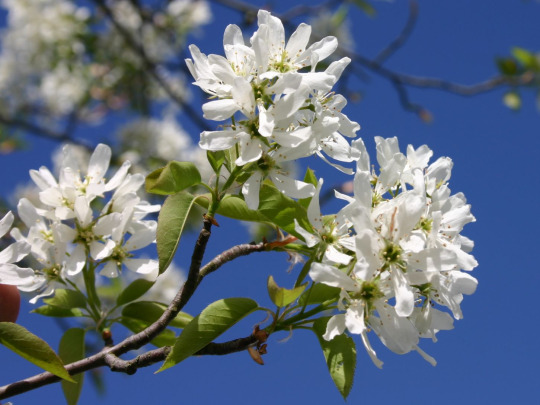

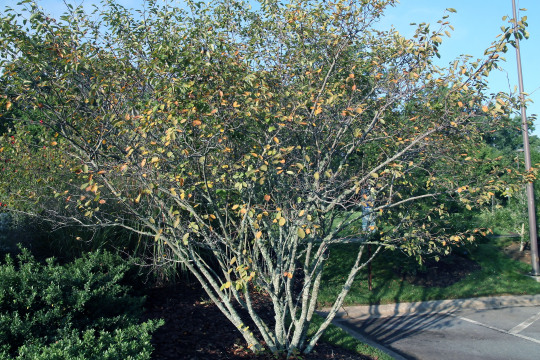
Smooth serviceberry (Amelanchier laevis) has edible, delicious fruit. The correct way to eat the fresh berries is to gather as many as possible into both your hands and to cram them all into your mouth. Then you bite down. I eagerly await the spring for this purpose. They taste like a mix of apples, blueberries, cherries, and grapes. You can also make jam of them or add them to smoothies.
More info on Plants for a Future.
#native Ontario plant species with edible parts#deciduous trees#flowering plants#flowers#edible plants#native North American species#plants I want#smooth serviceberry#Allegheny shadberry#Amelanchier laevis#serviceberries#Canadian fruit
4 notes
·
View notes
Photo




Before we were on lockdown I did end up making it out to rrg from dusk to dawn. Catching sunset overlooking the Red River Valley from Cloud Splitter
Here is Allegheney survice berry Amelanchier laevis
while shiney and interior are the vars present in the area you cannot tell without leaves.
9 notes
·
View notes
Photo



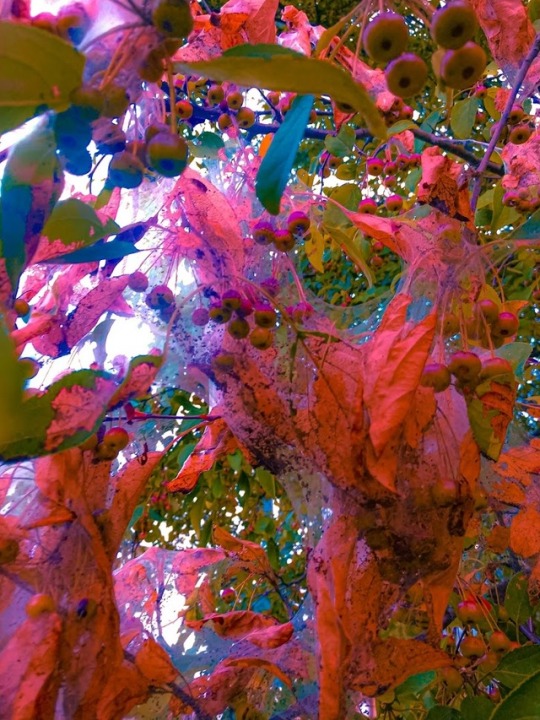
Is Bing crayons now? Even if it wasnt I still wouldnt use it.
#Aesthetic#aes#saturated colors#selfie#berry#berries#cottage core#cottagecore#fall webworms#Eastern tent caterpillars#webs#serviceberry#serviceberries#Allegheny Serviceberry#Amelanchier laevis#grass
13 notes
·
View notes
Photo

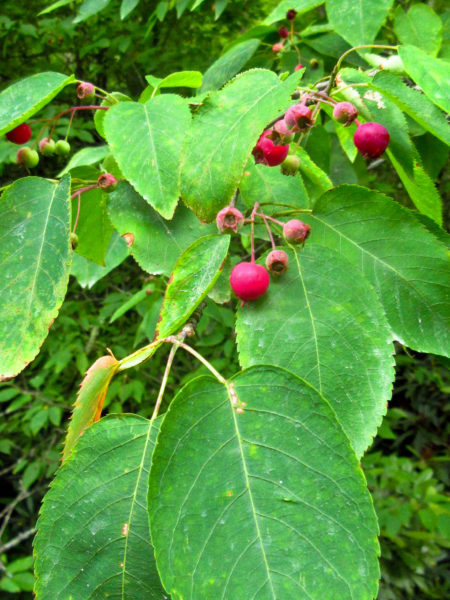
Daily Tree: amelanchier laevis
In English please: Smooth Shadbush, Smooth Serviceberry, Allegheny Serviceberry
Grows: eastern half, continental US
Wikipedia page: here
Photo 1: plants . oaklandnursery . com/12130001/Plant/17769/Lustre_Allegheny_Serviceberry/
Photo 2: https : // wildridgeplants . com/shop/amelanchier-laevis-mooth-serviceberry/
#Daily Tree#Trees of the US#Trees#Amelanchier Laevis#Smooth Shadbush#Smooth Serviceberry#Allegheny Serviceberry
37 notes
·
View notes
Photo
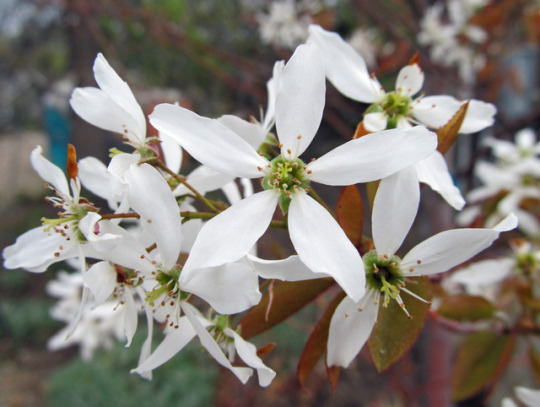
Allegheny serviceberry (Amelanchier laevis ‘Cumulus’)
#Allegheny serviceberry#serviceberry#sarvisberry#Amelanchier#Amelanchier laevis#botany#spring flowers#flowers#flowering#phytocurious
44 notes
·
View notes
Photo

Blossom
Amelanchier laevis
12 notes
·
View notes
Text
the audubon society plants list finally loaded kids let’s do a brief (haha) cold medicine induced analysis of what the heck they’re recommending for my local area (western PA) and whether it could grow in my shitty yard (if i’m unfamiliar with it i’m skipping it just to be fair)
It’s alphabetical by common name I guess so ok i’m doing this under a cut I supppose
Allegheny Monkey Flower (Mimulus ringens) - this plant is indeed one you see kinda often...... on the very edge of the Allegheny river literally growing as a marginal plant. not ideal unless you got a pond or live in a swamp
Allegheny Serviceberry (Amelanchier laevis) - this is one you see growing in the woods near swamps so nope, not in this drought hellscape of a yard
Alternate-Leaf Dogwood (Cornus alternifolia) - another understory moisture loving tree/shrub... next
American Beech (Fagus grandifolia) - again, moisture loving woodland tree. European Beeches are overall more drought tolerant so if you see a beech in the city or suburbs, it’s probably not an American Beech. also, in my area, you can’t find an American Beech that isn’t suffering from Beech bark disease unfortunately
American Black Elderberry (Sambucus nigra ssp. canadensis) - These are good plants and grow all along the shady woodsides here. Same issue though, they like moisture and at least partial shade. And the ornamental varieties you can find at garden centers tend to be European hybrids with fancy leaves
American Pokeweed (Phytolacca americana) - shadey woodland lad again. They’re also very very weedy idk that anyone would want this in their garden.
American Witch-Hazel (Hamamelis virginiana) - a good plant. still needs moist soil but I think would probably be ok. It looks really cool planted near grasses because it blooms in fallish
Big Bluestem (Andropogon gerardi) - finally a prairie plant!! it’s my boy big bluestem. unfortunately, it can look kinda wild and weedy for a suburban garden unless you do it right.
Black Chokeberry (Aronia melanocarpa) - handsome, good, nice berries, good fall foliage, excellent choice, prefers full sun but still likes it a bit moist and will drop all its bottom leaves and turn fall colors early if you underwater it oops i definitely never was responsible for that at work with b&b aronias.
Black Raspberry (Rubus occidentalis) - oh word we got these in our garden and the birds actually like the red ones better rip
Black-Eyed-Susan (Rudbeckia hirta) - that’s right babey it’s Susan. this baby will reseed all day in sun or shade and birds love that shit. downfall is the species plant is prone to rust and cultivars do a bit better.
Butterfly Milkweed (Asclepias tuberosa) - Good and Wholesome friend. I don’t recommend this as baby’s first milkweed though because they can be slow to establish and kinda disappointing and small and if you get caterpillars on it the first year, it may not survive.
Cardinal-Flower (Lobelia cardinalis) - my mom actually has managed to keep a Lobelia alive in the shadiest, wettest part of her garden but listen...... this is a marginal or swamp plant. Put it in the swamp.
Common Buttonbush (Cephalanthus occidentalis) - it’s the bae
Common Milkweed (Asclepias syriaca) - do not try to buy this as an established plant at a garden center, they will look at you funny and point at the roadsides. Either wait until fall seedpod time and go harvest some or buy some seeds online
Common Snowberry (Symphoricarpos albus) - I had no idea this was native actually but it’s cool because it gets big white ORBS
Common Winterberry (Ilex verticillata) - it’s got stems. it’s got berries. it can grow wherever. what more could you want??? english holly who?????
Common Yarrow (Achillea millefolium) - actually often confusingly hybridized with European Yarrows so no one knows whether they’re ~true~ natives or not. Who cares they will survive anything except a swamp. They will live in a drought ass no topsoil suburban neighborhood like a CHAMP. they were made for this.
Dense Gayfeather (Liatris spicata) - just including this one because it sounds like a Good Omens joke
Flowering Dogwood (Cornus florida) - put that baby tree back in the moist woodlands where it came from or so help me
Gray-Head Mexican-Hat (Ratibida pinnata) - ayyy prairie plant, though this isn’t the species you commonly see for sale at garden centers and this one is decidedly less phallic than R. columnifera so that’s a bummer.
Great Blue Lobelia (Lobelia siphilitica) - we half killed this at work because it doesn’t love pot culture or me but someone still bought it all. don’t put this in your dry ass suburban neighborhood or she will hate you too
Northern Bayberry (Morella pensylvanica) - i call this myrica pensylvanica but whatever. birds love it. so do japanese beetles unfortunately
Pennsylvania Sedge (Carex pensylvanica) - it’s a sedge
Red Columbine (Aquilegia canadensis) - unlike other columbine, this bitch likes full sun and probably will grow and reseed anywhere
Redbud (Cercis canadensis) - another understory-ish moisture loving tree but a lot of the cultivars do just fine in the middle of sad suburban yards. also good. blooms wherever it wants while nakey.
Scarlet Beebalm (Monarda didyma) - you will only ever find cultivars of this but who knows, they may slightly more mildew resistant for at least a little while
Shag-Bark Hickory (Carya ovata) - big, handsome, looks like it’s seconds away from falling apart at all times. just how i like my men.
Smooth Oxeye (Heliopsis helianthoides) - please let the one in my mom’s yard know that it’s meant to survive dry soils in full sun
Spotted Beebalm (Monarda punctata) - my favorite bee balm but doesn’t have the Wow factor of M. didyma cultivars. It likes the sun and dry though
Spotted Touch-Me-Not (Impatiens capensis) - wholesome friend! But no one in their right mind would plant this on purpose in their garden also it would be wilt-city out here in the drought ass topsoil-less surburbs. these babies used to grow between the greenhouses and I used to water them like some kinda of bleeding heart
Swamp Milkweed (Asclepias incarnata) - she can actually live pretty well in the middle of drought ass suburban yard and spreads easily by seed but expect half the lower leaves to yellow and drop off by midsummer. poor darling. put her back in the swamp. This is the most reliable commerically available milkweed you will find because it takes to pot culture way better than other milkweeds (rip all the butterfly weed horticulture land kills yearly)
Sweet-Bay (Magnolia virginiana) - more like sweet bae am I right???? actually she wouldn’t live in my yard. needs some afternoon shade and moist, rich soil.
Sweet-Scented Joe-Pye-Weed (Eutrochium purpureum) - It’s Joe!!!!! Will grow all over. Will get 7 feet tall with massive flowers just because he can. Will grow in a swamp, will grow on a hillside, will grow beside Wal-Mart. Joe don’t care. I still call it Eupatorium because I resist change and actually I’m not 100% sure if this or E. fistulosum that is most common around here.
Tall Tickseed (Coreopsis tripteris) - coreopsis is a really popular genus to see on native plant lists but there aren’t many native to my area of Pennsylvania and you won’t find anything but C. verticillata or C. lanceolata cultivars in garden centers. BUt apparently this bitch can get NINE FEET TALL i’m swooning
Trumpet-Creeper (Campsis radicans) - ok, i’d avoid planting this baby unless you know exactly what you’re doing. she may be native but she can and will do her best to eat your home and foundation and your garden in general. she will do her rhizomey best to runner away from you into the wilderness. fun to grow across a pergola though but she will EAT your TREES and your HOME
Virginia-Creeper (Parthenocissus quinquefolia) - ????? no one is going to deliberately plant this, Audubon Society
Wand Panic Grass (Panicum virgatum) - this is why I think making these lists with common name first is so hilarious because what????? I know this as “Switchgrass” which sounds nice and normal wtf is a Wand Panic Grass. that’s what i’m going to call bad bottom dysphoria episodes from now on
White Turtlehead (Chelone glabra) - likes it wet and shaded so wouldn’t do nice in my yard. also why even BOTHER planting this plant unless you’re going to do the cultivar ‘Hot Lips’ (jk probably the white one is more native insects friendly)
Wild Hydrangea (Hydrangea arborescens) - she’s cute and all but if you want a Hydrangea just go full cliche H. paniculata cultivar or nothing. This plant would hate my whole entire yard and then die
anyway, that’s all the plants on the list I felt like rambling about on this fine Tuesday morning. Overall, idk how helpful a list like this would be for first time gardeners, because they would run into the issue of not being able to actually their hands on most of these plants.
Very few on the list would actually be suitable for growing in a new suburban neighborhood or an urban garden. This is an area naturally full of sensitive, woodland, rich, moist soil-loving plants... and unfortunately, those areas are disappearing more and more under new developments and the native pollinators and wildlife are going along with them.
#i really just did that and rambled about a whole lot of plants for no good reason#long post#idk what to tag this as
19 notes
·
View notes
Photo
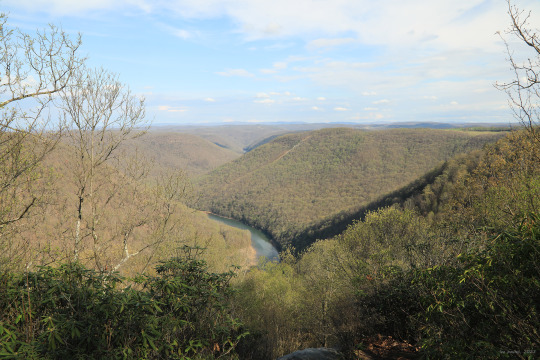

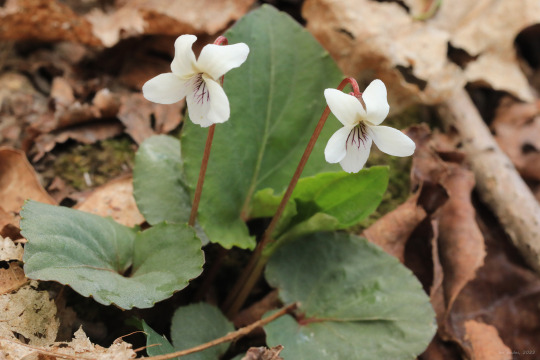





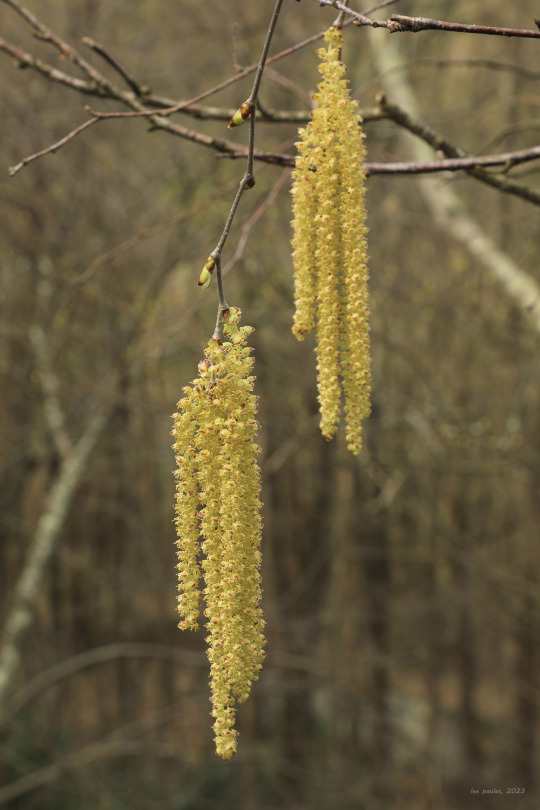
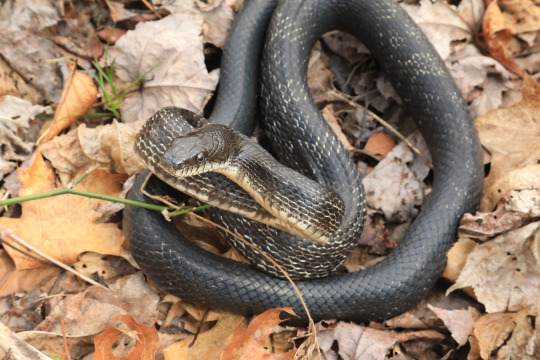
What a gorgeous afternoon for a Mid-April hike in the Cheat River Canyon. Spring’s delicate treasures were out in full force. From top: halberd-leaved yellow violet (Viola hastata); sweet white violet (Viola blanda); broadleaf toothwort (Cardamine diphylla); Carolina spring beauty (Claytonia caroliniana); bloodroot (Sanguinaria canadensis); common blue violet (Viola sororia); Allegheny serviceberry (Amelanchier laevis); sweet birch (Betula lenta) catkins; and a cranky Allegheny rat snake (Pantherophis alleghaniensis) newly out of hibernation.
#appalachia#vandalia#west virginia#cheat river#cheat river canyon#chestnut ridge#snake hill wildlife management area#spring#april#wildflowers#reptile#snake#allegheny rat snake#eastern rat snake#halberd-leaved yellow violet#sweet white violet#broadleaf toothwort#two-leaf toothwort#crinkleroot#carolina spring beauty#bloodroot#common blue violet#allegheny serviceberry#sweet birch#black birch
123 notes
·
View notes
Text
got seeds coming now for
Canadian Serviceberry (Amelanchier canadensis), Allegheny Serviceberry (Amelanchier laevis), a new heirloom Seaberry (Hippophae rhamnoides) variety to cross with my current one, Sochan (Rudbeckia laciniata), and Virginia Waterleaf (Hydrophyllum virginianum)
During my second year (last year) of starting seeds in an outdoor nursery-like environment I did enough different things that I feel I’ve a significantly better understanding of how to propagate a variety of woody perennials from seed
I’m excited to add these foods to the little suburban food forest system.. Now that I also have Hopniss (Apios americana) successfully growing there and a variety of edible plants coming up on their own, it feels like it’s getting closer to the point when it will become more about harvesting biomass than about inputs. So far this year I haven’t had to water anything except new plantings for a day or two after planting. but I have also let things grow in much more thickly than previous years so the soil is not exposed at all, from the combination of groundcover plants and compost/mulch on the surface.
6 notes
·
View notes
Photo

20180403 Stone Mountain State Park North Carolina
Allegheny Serviceberry Amelanchier laevis
0 notes
